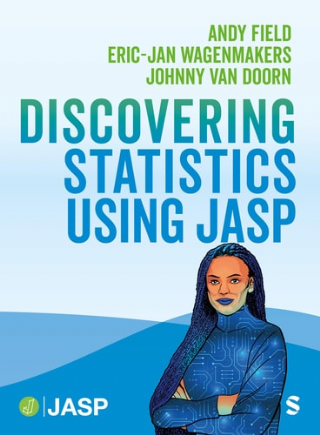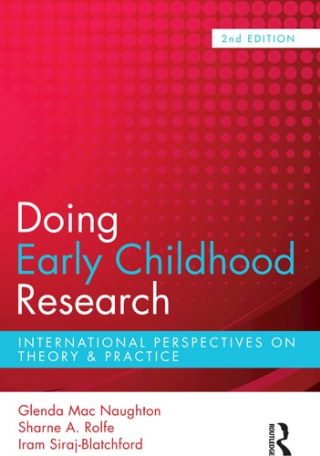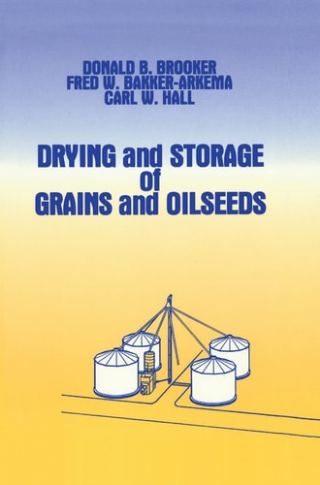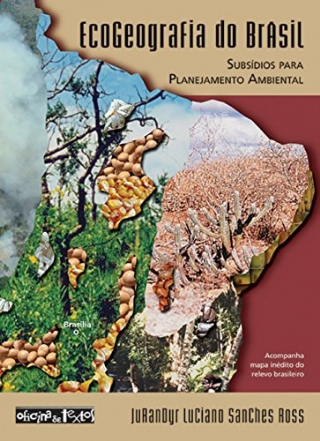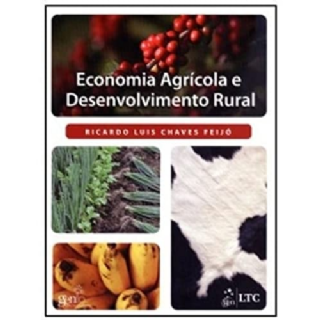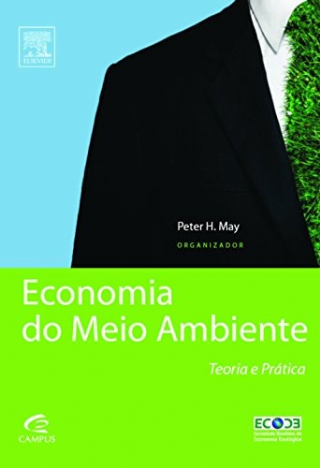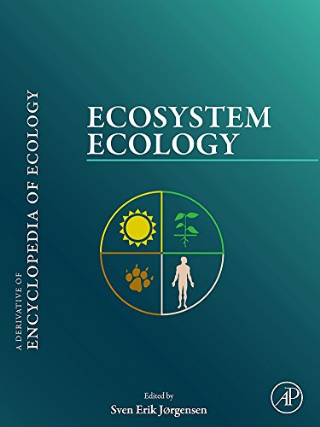Livros
R$ 1.983,00
em até 1x de R$ 1.983,00
no cartão de crédito
no cartão de crédito
R$ 1.983,00
no boleto ou pix
no boleto ou pix
R$ 979,00
em até 1x de R$ 979,00
no cartão de crédito
no cartão de crédito
R$ 979,00
no boleto ou pix
no boleto ou pix
R$ 2.720,00
em até 1x de R$ 2.720,00
no cartão de crédito
no cartão de crédito
R$ 2.720,00
no boleto ou pix
no boleto ou pix
R$ 1.420,00
em até 1x de R$ 1.420,00
no cartão de crédito
no cartão de crédito
R$ 1.420,00
no boleto ou pix
no boleto ou pix
R$ 1.009,00
em até 1x de R$ 1.009,00
no cartão de crédito
no cartão de crédito
R$ 1.009,00
no boleto ou pix
no boleto ou pix
R$ 449,00
em até 1x de R$ 449,00
no cartão de crédito
no cartão de crédito
R$ 449,00
no boleto ou pix
no boleto ou pix
R$ 577,00
em até 1x de R$ 577,00
no cartão de crédito
no cartão de crédito
R$ 577,00
no boleto ou pix
no boleto ou pix
R$ 4.986,00
em até 1x de R$ 4.986,00
no cartão de crédito
no cartão de crédito
R$ 4.986,00
no boleto ou pix
no boleto ou pix
R$ 3.691,00
em até 1x de R$ 3.691,00
no cartão de crédito
no cartão de crédito
R$ 3.691,00
no boleto ou pix
no boleto ou pix
R$ 544,00
em até 1x de R$ 544,00
no cartão de crédito
no cartão de crédito
R$ 544,00
no boleto ou pix
no boleto ou pix
R$ 2.246,00
em até 1x de R$ 2.246,00
no cartão de crédito
no cartão de crédito
R$ 2.246,00
no boleto ou pix
no boleto ou pix
R$ 1.661,00
em até 1x de R$ 1.661,00
no cartão de crédito
no cartão de crédito
R$ 1.661,00
no boleto ou pix
no boleto ou pix
R$ 2.090,00
em até 1x de R$ 2.090,00
no cartão de crédito
no cartão de crédito
R$ 2.090,00
no boleto ou pix
no boleto ou pix
R$ 683,00
em até 1x de R$ 683,00
no cartão de crédito
no cartão de crédito
R$ 683,00
no boleto ou pix
no boleto ou pix
R$ 447,00
em até 1x de R$ 447,00
no cartão de crédito
no cartão de crédito
R$ 447,00
no boleto ou pix
no boleto ou pix
R$ 1.122,00
em até 1x de R$ 1.122,00
no cartão de crédito
no cartão de crédito
R$ 1.122,00
no boleto ou pix
no boleto ou pix
R$ 2.845,00
em até 1x de R$ 2.845,00
no cartão de crédito
no cartão de crédito
R$ 2.845,00
no boleto ou pix
no boleto ou pix
R$ 2.385,00
em até 1x de R$ 2.385,00
no cartão de crédito
no cartão de crédito
R$ 2.385,00
no boleto ou pix
no boleto ou pix




